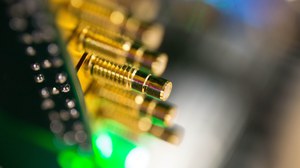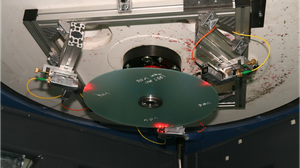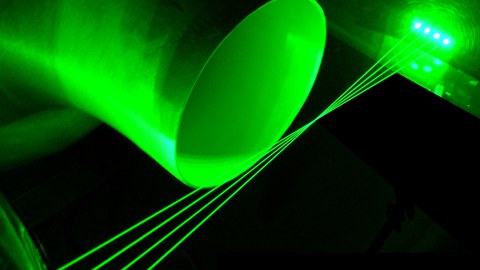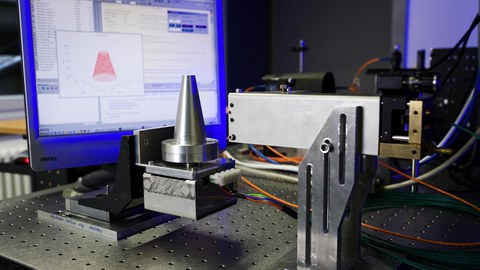Research in tune with time
The leitmotif of using novel measurement techniques to gain fundamental insights and implement innovations by engineering is followed to enhance the quality of life and secure or create jobs. The Chair MST works on nationally and internationally recognized projects in the field of non-contact metrology and sensor systems.
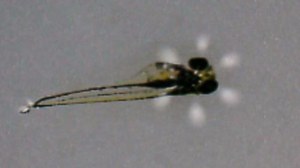 © K. Philipp
© K. Philipp
Research at the MST
The MST is modeling, implementing and applying novel measurement and sensor systems. Five areas of the high-tech strategy of the Federal Government of Germany (communications, security, mobility, energy and health) require advances in instrumentation and sensor techniques. Current issues in research and teaching of the laboratory are biophotonics (health), process engineering and production (energy), aerospace (mobility), cryptography, automation and control (security), and information system technique (communication).
In the following, some examples of the interdisciplinary research of the MST are given.
- Renewable Energy Technology I: Modell analysis for magnetically controlled crystal growth process is accomplished in cooperation with industrial partners. One goal is to increase the efficiency of solar cells. The MST is developing ultrasound array techniques with real-time streaming processing, which allow long-term investigations of transient processes.
- Renewable Energy Technology II: For revealing the flows in fuel cells, a laser velocity profile sensor is used, which requires only one optical access and enables micron resolution. For fuel cell stacks the distribution problem of reagents can be understood by this technique.
- Environmental protection I: Bias flow liners enable the reduction of noise of aircraft engines. However, the interaction of sound and flow is very complex and not completely understood yet. The MST has developed a novel laser technique for simultaneous sound and flow velocity measurements with high dynamics, which enables to investigate strategies for noise damping of airplanes.
- Environmental Protection II: To reduce the consumption of fossil fuels and the gas emissions during flight operations, innovative propulsion concepts are studied. Lean combustions enable on the one hand lower fuel consumption, but on the other hand they can exhibit a high instability. The MST investigates these processes using a novel camera-based measurement technique.
- Biomedical I: Electrically tunable liquid lenses enable fast scanning processes without mechanical movements. The MST has realized three-dimensional microscopes by employing adaptive lenses. The thyroid development of transgenic zebra fishes is investigated in dependency of environmental influences.
- Biomedicine II: Optogenetics introduces fundamentally novel ways to study neurodegenerative diseases such as Alzheimer's disease, epilepsy and Parkinson's disease. The MST works on the development of digital adaptive laser systems for the tar-geted stimulation and detection of physiological processes in model organisms. The generation of spatially and temporally variable light patterns in deep tissue plays a key role.
- Biomedicine III: With dispersive elements (VIPA: virtually imaged phased array) and low-noise sCMOS cameras the fre-quency shift of Brillouin scattering (phonon-photon interaction) can be measured with high resolution. Brillouin microscopy allows contactless, spatially resolved and rapid diagnosis of the mechanical properties of biological tissue. Early detection of cancer becomes possible.

